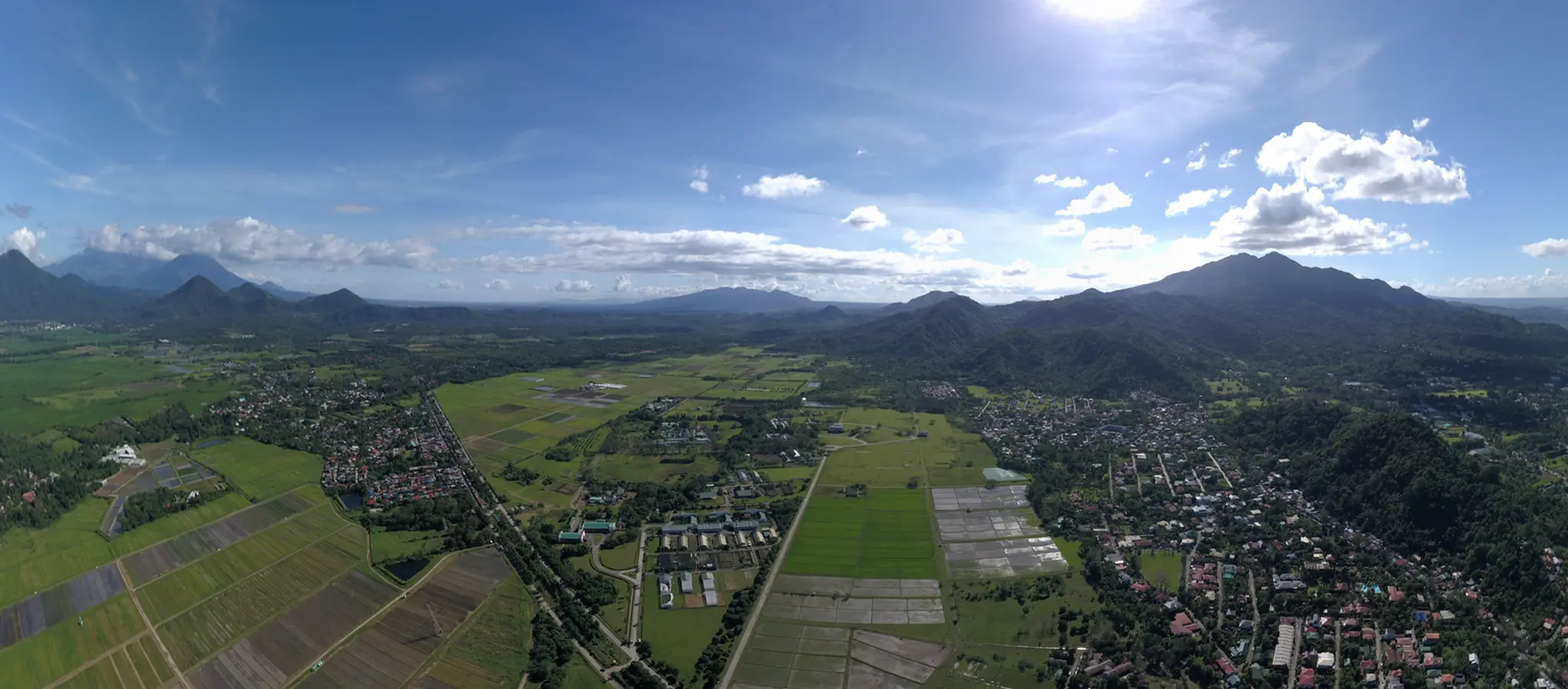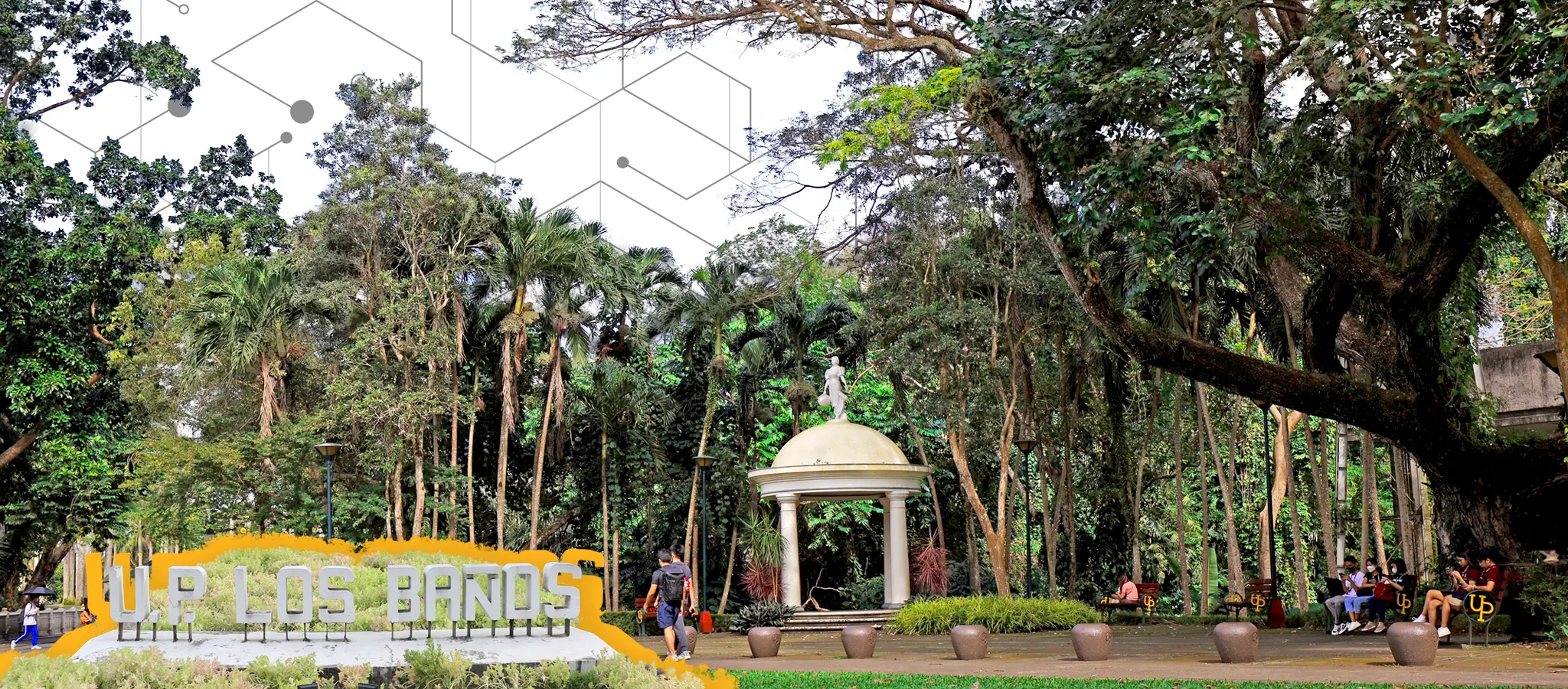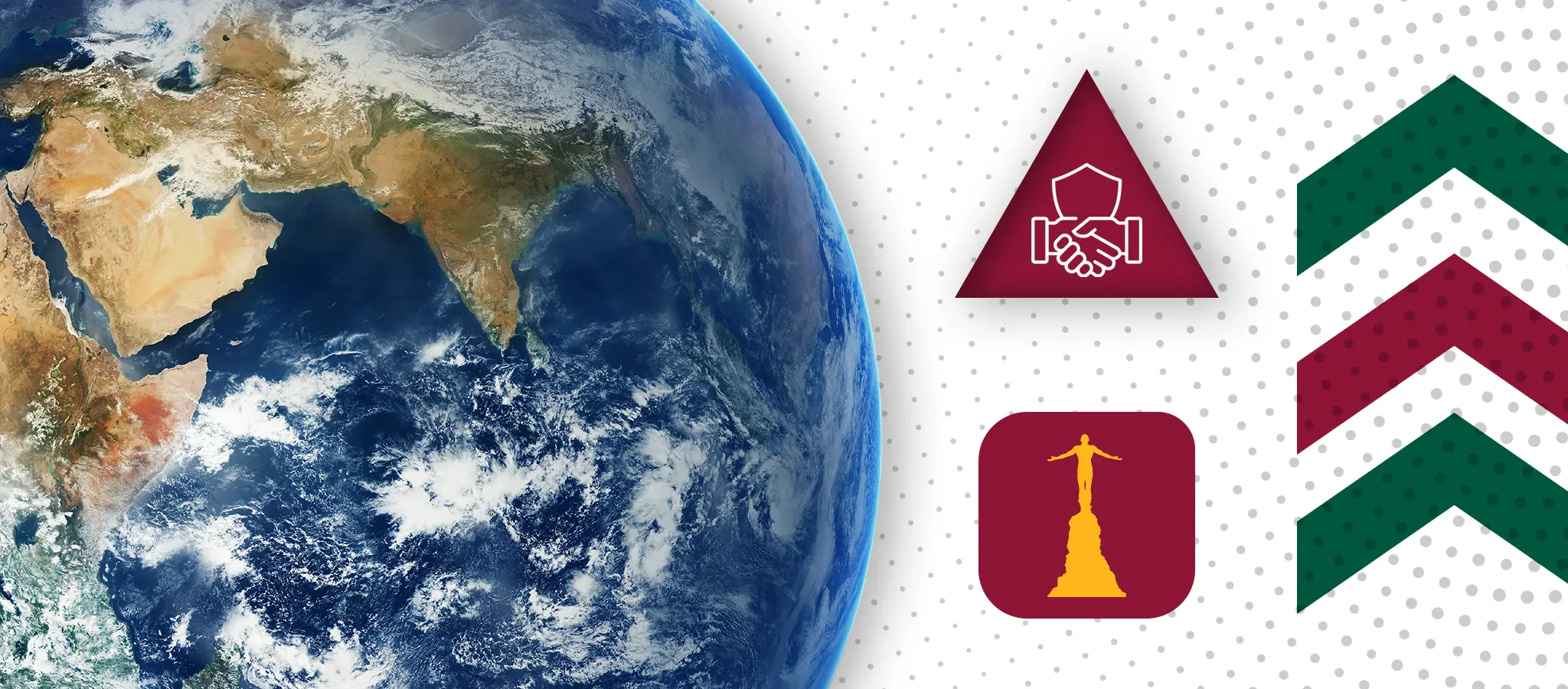
If stacks of documents could be a measure of an organization’s wealth, UPLB would be in the running for the “richest” title.
With almost 2.4 million pages of official documents in its “treasure chest,” UPLB has accumulated a wealth of data and information since the late 1940s.
Some of these are minutes of meetings of important university bodies on major decisions that shaped the university through the years; contracts and reports that record campus milestones; correspondences and speeches of institution builders; and records of personnel who have served the university.
But the 200-sqm depository of these documents at the Records Management Office (RMO) can only hold so much, prompting its then chief, Ms. Apolonia Talatala, to go digital since 12 years ago. Threats–force majeure and otherwise–made the initiative even more urgent.
The project started with converting hard copies of employees’ 201 files to digital formats using a scanner. In 2011, RMO sought a more advanced and efficient technology in preserving documents and acquired an automated document management system (ADMS) featuring digital imaging technology that scans, index-tags, and stores documents.
More than PhP 7 million was allotted for the project with PhP 4 million for personal services and the rest for equipment and supplies.
The pieces of equipment are a peripheral scanner/printer/copier, a software and hardware system, and antivirus software acquired in 2011; and two scanners acquired in 2014.
With this, RMO has digitized a substantial number of official documents and has expanded to general and bound records. As of June 2019, 54% have been prepared for scanning; 49% have been scanned; and 23% have been indexed-tagged out of the 2,393,941 pages of documents that RMO keeps.
Preparation for scanning is a painstaking process where the staff carefully unbinds, unfolds, unclips, and repairs torn edges of the documents. The scanners can copy a page in a second if the document is in good condition. Brittle and onionskin papers take longer to prepare because they have to be inserted into transparencies to protect them during scanning.
The ADMS staff then extracts/groups the scanned pages according to the type of document in preparation for “indexing-tagging.” Using a software, RMO indexes each document by filling in fields in the database that would tag each document based on information that facilitate document retrieval. After indexing, documents are automatically uploaded to the server.
The ADMS scanners use optical character recognition technology that recognize and extract computerized or typewritten texts from the document, making keyword and document search easier.
According to Mr. Allyson Calapine, RMO officer-in-charge, who supervises the digitization project, it now takes only one to two minutes to search for documents that are in the ADMS database, provided that the client gives the necessary keywords for easier searching. In the past, documents search took an hour to half a day; in some cases, several days.
Every day, RMO gains another “wealth” of documents. And with its keepers who see the value in every page that is entrusted to them, the rich history of the university continues to be preserved, this time in a digital treasure chest.
Share this on:



